
pp. 1–24 •
Dr. John Baumgardner
Accounting for thick sediment sequences blanketing the surfaces of the continents is a paramount issue for understanding physical aspects of the Genesis Flood.
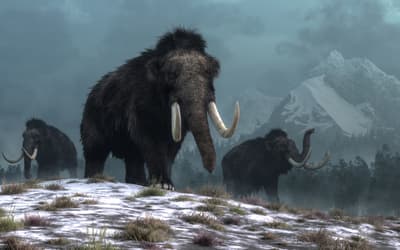
pp. 25–56 •
Dr. Jake Hebert
This paper, the first in a series, demonstrates that much of the Hays et al. paper, as originally presented, is invalid.
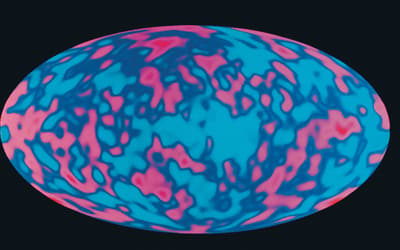
pp. 57–65 •
Dr. Danny R. Faulkner
Dr. Danny Faulkner proposes that Genesis 1:1 is an introductory encapsulation that establishes a foundation for building a biblical model of astronomy.

pp. 67–80 •
Dr. Jason Lisle
We find that small variations in galaxy density as a function of redshift do exist, and are not due to the Malmquist bias.

pp. 81–122 •
Dr. Nathaniel T. Jeanson
, et. al.
This study shows that created heterozygosity, together with natural processes that are observable, is sufficient to account for species’ diversity.
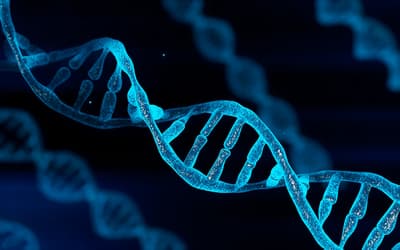
pp. 123–130 •
Dr. Nathaniel T. Jeanson
These results underscore the biblical model of human origins and simultaneously undercut the validity of the evolutionary out-of-Africa model.

pp. 131–147 •
Dr. Jake Hebert
Part I of this series presented a number of serious problems with the Pacemaker paper. It is necessary to also understand the Blackman-Tukey (B-T) method.

pp. 149–162 •
Change Laura Tan
This paper argues that the issue with the origin of life and the origin of biodiversity is not an issue of time, though deep time is problematical.

pp. 163–169 •
Dr. Danny R. Faulkner
Ussher’s date of creation of October 23, 4004 BC appears to rely upon two questionable assumptions.

pp. 171–196 •
Dr. Andrew A. Snelling
Dr. Snelling documents the methodology and history of determining present decay constants and half-lives of parent radioisotopes used for dating methods.
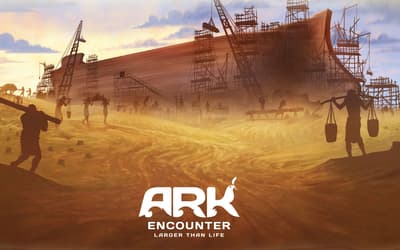
pp. 197–208 •
Dr. Steven W. Boyd
While attempting to elucidate the general chronological profile of the events of the first week, we hope to answer two specific significant questions.
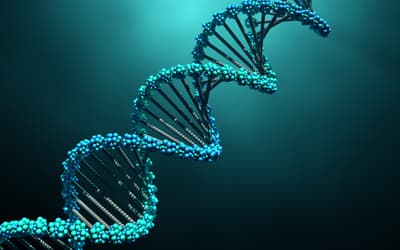
pp. 209–228 •
Derrick M. Glasco
The DNA-protein paradox has long been a point of contention in the origin of life debate.

pp. 229–255 •
Dr. Jake Hebert
Despite its popularity, the Milankovitch hypothesis has many problems that are acknowledged even by secular scientists (Cronin 2010, 130–139).

pp. 257–262 •
Philip M. Holladay
The lifespans of Old Testament people born after the Flood reveal a numerical pattern known as an exponential decay curve.

pp. 263–272 •
Jean O’Micks
With the inclusion of 37 postcranial morphological characters, this work attempts to reassess the baraminic classification of H. naledi.

pp. 273–283 •
Callie Joubert
The recent claim that “conflicting networks” in the brain that explain belief and unbelief in God cannot be true.

pp. 284–292 •
Jean O’Micks
Until now there have been two basic theories on the evolution of cellular complexity.

pp. 294–298 •
Jeffrey P. Tomkins
The current chimpanzee genome assembly has problems that reduce its veracity as an authentic representation.

pp. 299–316 •
Jim Owen
If we do not understand the dimensions of the war we are engaged in, we are already halfway to theological and historical oblivion.

pp. 317–337 •
Warren H. Johns
The place of the biblical Flood in the geological record remains one of the most hotly debated issues among creationist geologists today.

pp. 339–361 •
Dr. Jake Hebert
, et. al.
The BioLogos Foundation published a popular-level article by old-earth geologists Gregg Davidson and Ken Wolgemuth presenting arguments for an old earth.

pp. 363–368 •
Gregory D. Cook
Judgment in Nahum follows the pattern of Babel. God would come down, incapacitate a rebellion, and scatter rebels. This contradicts a widely-held belief.
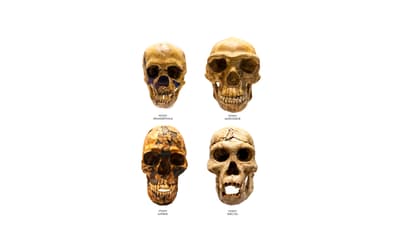
pp. 369–372 •
Todd Charles Wood
Re-analysis of O’Micks’ character sets show that the lack of baraminic distance correlations is likely the result of a small taxon sample.

pp. 373–375 •
Jean O’Micks
Baraminology is a holistic science and should distinguish between more or less important morphological characteristics.
























